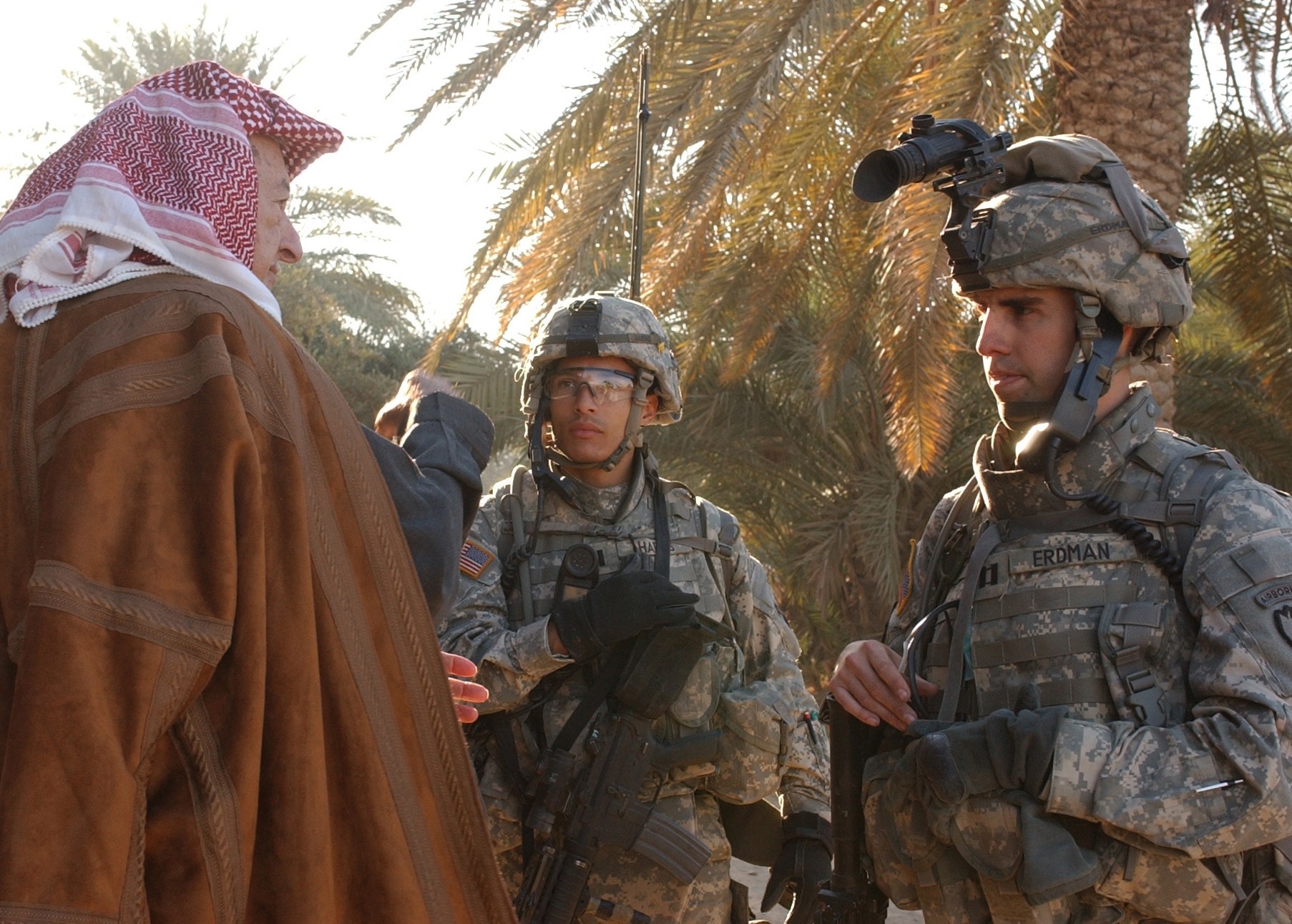
It appears that the political and institutional stakes associated with the forthcoming deployment of the U.S. Army’s new 1st Security Force Assistance Brigade (SFAB) to Afghanistan have increased dramatically. Amidst the deteriorating security situation, the performance of 1st SFAB is coming to be seen as a test of President Donald Trump’s vow to “win” in Afghanistan and his reported insistence that increased troop and financial commitments demonstrate a “quick return.”
Many will also be watching to see if the SFAB concept validates the Army’s revamped approach to Security Force Assistance (SFA)—an umbrella term for whole-of-government support provided to develop the capability and capacity of foreign security forces and institutions. SFA has long been one of the U.S. government’s primary response to threats of insurgency and terrorism around the world, but its record of success is decidedly mixed.
Earlier this month, the 1st SFAB commander Colonel Scott Jackson reportedly briefed General Joseph Votel, who heads U.S. Central Command, that his unit had less than eight months of training and preparation, instead of an expected 12 months. His personnel had been rushed through the six-week Military Advisor Training Academy curriculum in only two weeks, and that the command suffered from personnel shortages. Votel reportedly passed these concerns to U.S. Army Chief of Staff General Mark Milley.
Competing Mission Priorities
Milley’s brainchild, the SFABs are intended to improve the Army’s ability to conduct SFA and to relieve line Brigade Combat Teams (BCTs) of responsibility for conducting it. Committing BCTs to SFA missions has been seen as both keeping them from more important conventional missions and inhibiting their readiness for high-intensity combat.
However, 1st SFAB may be caught out between two competing priorities: to adequately train Afghan forces and also to partner with and support them in combat operations. The SFABs are purposely optimized for training and advising, but they are not designed for conducting combat operations. They lack a BCT’s command, control and intelligence and combat assets. Some veteran military advisors have pointed out that BCTs are able to control battlespace and possess organic force protection, two capabilities the SFABs lack. While SFAB personnel will advise and accompany Afghan security forces in the field, they will not be able to support them in combat with them the way BCTs can. The Army will also have to deploy additional combat troops to provide sufficient force protection for 1st SFAB’s trainers.
Institutional Questions
The deviating requirements for training and combat advising may be the reason the Army appears to be providing the SFABs with capabilities that resemble those of Army Special Forces (ARSOF) personnel and units. ARSOF’s primary mission is to operate “by, with and through” indigenous forces. While Milley made clear in the past that the SFABs were not ARSOF, they do appear to include some deliberate similarities. While organized overall as a conventional BCT, the SFAB’s basic tactical teams include 12 personnel, like an ARSOF Operational Detachment A (ODA). Also like an ODA, the SFAB teams include intelligence and medical non-commissioned officers, and are also apparently being assigned dedicated personnel for calling in air and fire support (It is unclear from news reports if the SFAB teams include regular personnel trained in basic for call for fire techniques or if they are being given highly-skilled joint terminal attack controllers (JTACs).)
SFAB personnel have been selected using criteria used for ARSOF recruitment and Army Ranger physical fitness standards. They are being given foreign language training at the Military Advisor Training Academy at Fort Benning, Georgia.
The SFAB concept has drawn some skepticism from the ARSOF community, which sees the train, advise, and assist mission as belonging to it. There are concerns that SFABs will compete with ARSOF for qualified personnel and the Army has work to do to create a viable career path for dedicated military advisors. However, as Milley has explained, there are not nearly enough ARSOF personnel to effectively staff the Army’s SFA requirements, let alone meet the current demand for other ARSOF missions.
An Enduring Mission
Single-handedly rescuing a floundering 16-year, $70 billion effort to create an effective Afghan army as well as a national policy that suffers from basic strategic contradictions seems like a tall order for a brand-new, understaffed Army unit. At least one veteran military advisor has asserted that 1st SFAB is being “set up to fail.”
Yet, regardless of how well it performs, the SFA requirement will neither diminish nor go away. The basic logic behind the SFAB concept remains valid. It is possible that a problematic deployment could inhibit future recruiting, but it seems more likely that the SFABs and Army military advising will evolve as experience accumulates. SFA may or may not be a strategic “game changer” in Afghanistan, but as a former Army combat advisor stated, “It sounds low risk and not expensive, even when it is, [but] it’s not going away whether it succeeds or fails.”









